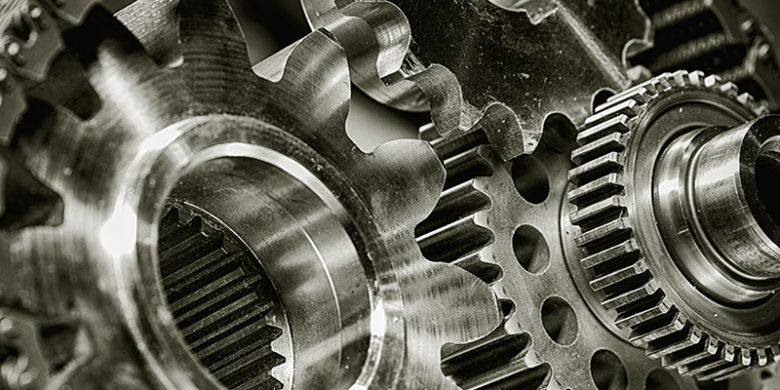Misalignment between the shaft and the bearing of a journal bearing set may be inevitable and can negatively impact journal bearing performance metrics in many industrial applications. This work proposes a convex profile design of the journal surface to help counteract the negative effects caused by such a misalignment. A transient mass-conserving hydrodynamic Reynolds equation …
This paper presents the first simulation model of a tilting pad journal bearing (TPJB) using three-dimensional (3D) computational fluid dynamics (CFD), including multiphase flow, thermal-fluid, transitional turbulence, and thermal deformation of the shaft and pads employing two-way fluid–structure interaction (FSI). Part I presents a modeling method for the static performance. The model includes flow between …
Titanium is a highly interesting material in engineering because of its unique combination of high strength to weight ratio, excellent resistance to corrosion, and biocompatibility. However, the material’s low wear resistance, which is its inherent nature, limits its application in highly erosive conditions. In order to enhance the wear resistance of biomedical grade titanium with …
The objective of this work is to study the tribological properties of natural fiber based composites using nanotechnology. The naturally available banana plant fibers were treated with nanoclay particles, and these treated fibers were then reinforced in an epoxy polymer to form composites. The friction and wear properties of nanoclay-treated banana fiber (NC-BF) reinforced composites …
Tribology was formalized by the Jost report. The Jost report formally a report on “Lubrication (Tribology) Education and Research” organized and presented to the UK government 9 March 1966 by Dr. Peter H. Jost. This paper coins the term Tribology and quantifies the saving that can happen when using sound tribological concepts. That is by …
This workshop will provide a basic understanding of the principles of Tribology. Tribology is the study of friction and wear with and without the presence of a lubricant. Although friction and wear are aspects of all industrial mechanical components it is not specifically part of science and engineering curricula. This program will last two and a …

